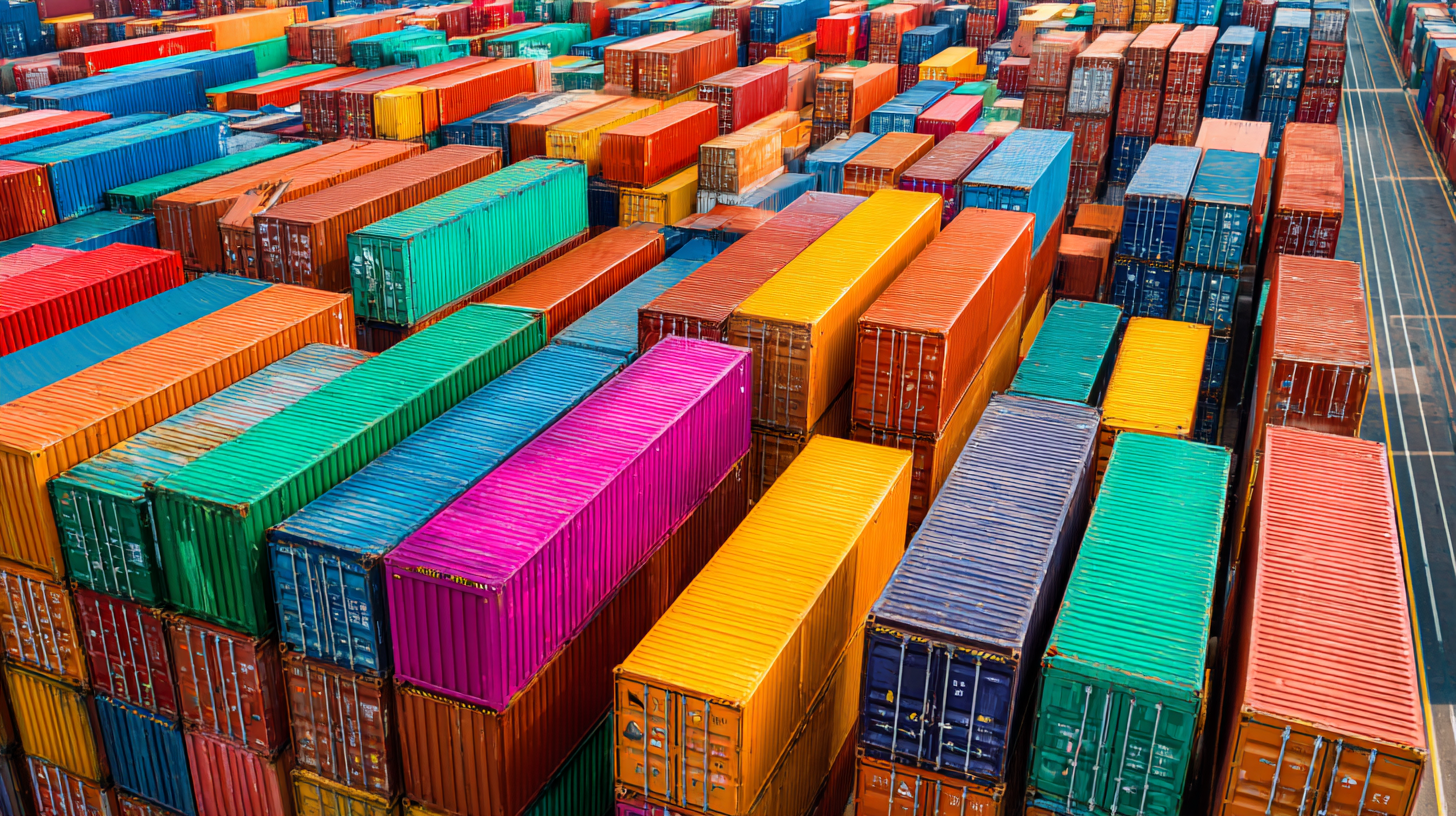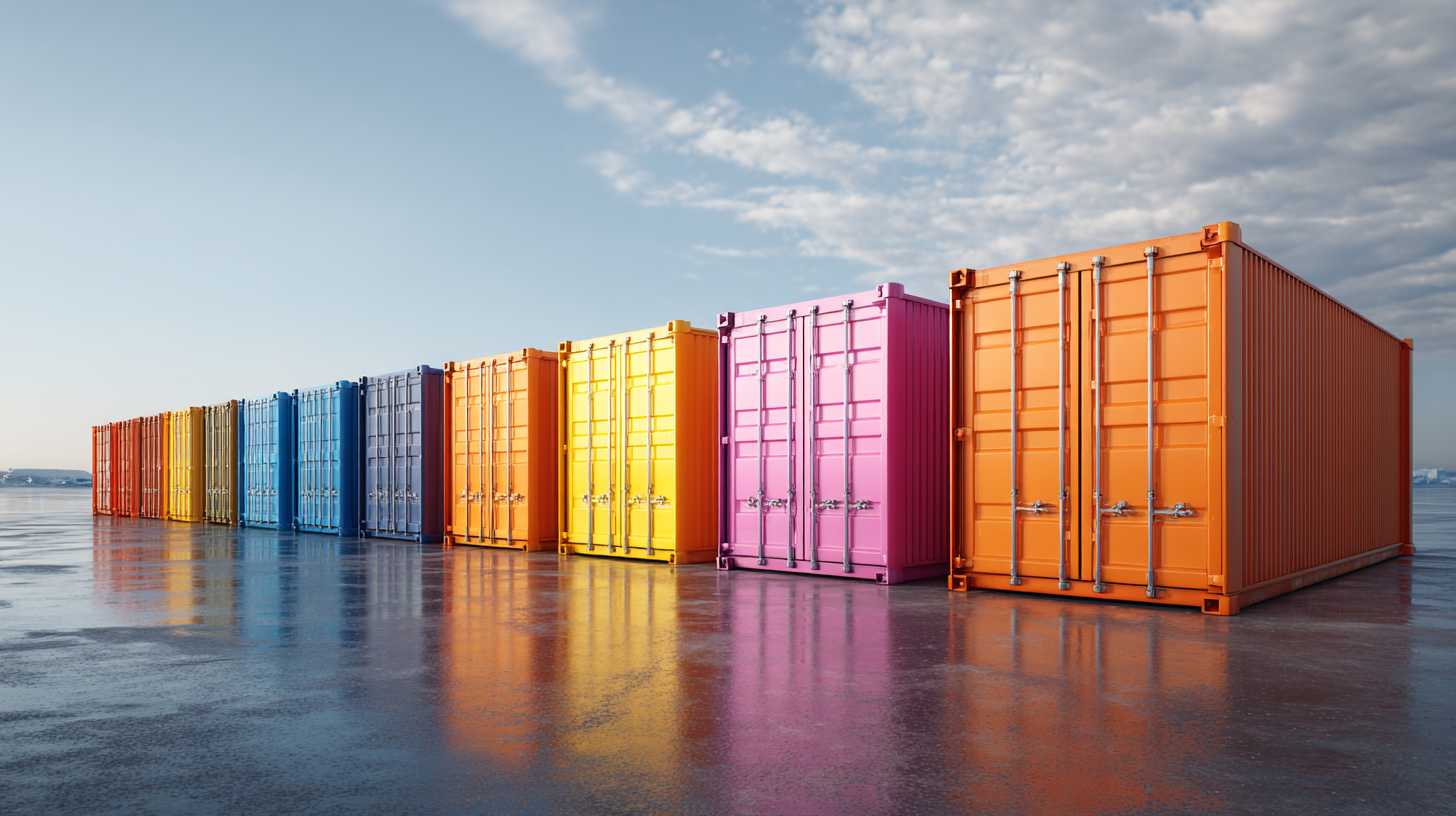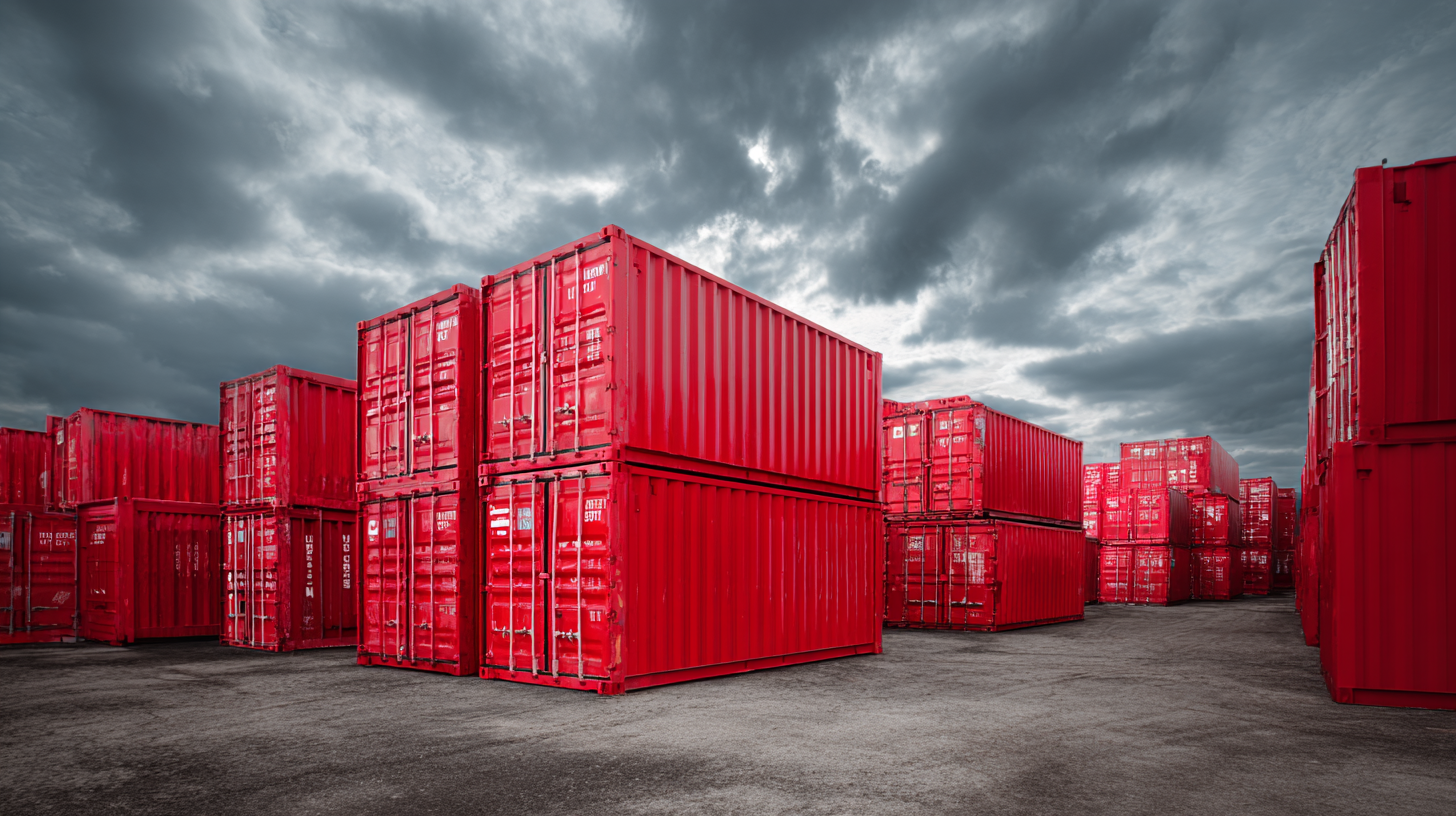Welcome to this website!

In the dynamic world of logistics and inventory management, the choice of storage containers plays a crucial role in optimizing supply chains and safeguarding goods. According to a report by Grand View Research, the global storage container market is projected to reach $17.5 billion by 2025, driven by increasing demands for efficient storage solutions in various industries.

As companies seek to streamline operations and enhance warehouse efficiency, selecting top-quality suppliers for storage containers becomes paramount. However, navigating through numerous options can be overwhelming. This comprehensive checklist guide aims to provide essential criteria for evaluating suppliers, ensuring that businesses can find storage containers that meet their specific needs while maintaining durability and cost-effectiveness.
By considering factors such as supplier reputation, material quality, and compliance with industry standards, organizations can make informed decisions and achieve optimal storage solutions.
When searching for the best storage containers, understanding the key features that signify quality is essential. Look for durability as a primary characteristic; containers made from high-density polyethylene or polypropylene are ideal due to their resistance to wear and tear, not to mention environmental factors. Transparency can also be beneficial, allowing you to see the contents without opening each container.
Another important aspect is the seal. A secure, airtight lid prevents moisture and pests from getting in, which is crucial for storing food or delicate items. Check for locking mechanisms or snap-fit lids that ensure a tight closure. Also, consider the size and stackability of each container. Opt for a design that facilitates easy stacking to save space and keep your storage area organized.
Tip: Always assess the container's ease of cleaning. Smooth interior surfaces are much simpler to wipe down, ensuring that your storage remains hygienic over time. Furthermore, pay attention to the warranty offered by manufacturers; a longer warranty often indicates the manufacturer’s confidence in their product’s quality.
 When it comes to storage containers, finding the right type to suit your specific needs is crucial. There are several different categories of storage containers available, each designed for various purposes. For instance, plastic containers are lightweight, durable, and excellent for organizing household items, while heavy-duty bins are ideal for storing tools and equipment in garages or workshops. If you're looking for moving options, consider using cardboard boxes, which are economical and versatile.
When it comes to storage containers, finding the right type to suit your specific needs is crucial. There are several different categories of storage containers available, each designed for various purposes. For instance, plastic containers are lightweight, durable, and excellent for organizing household items, while heavy-duty bins are ideal for storing tools and equipment in garages or workshops. If you're looking for moving options, consider using cardboard boxes, which are economical and versatile.
For outdoor storage, metal or resin containers offer weather resistance and added security for garden tools or patio cushions. If you are managing a business, stackable storage containers can maximize space efficiency and keep inventory organized while still being accessible. With this variety, understanding the unique features and benefits of each type of storage container will help you make informed decisions based on your specific storage requirements and available space.
When embarking on the quest to find top-quality suppliers for storage containers, evaluating the reputation and reliability of potential partners is paramount. A supplier's reputation often reflects their ability to deliver on promises, meet quality standards, and maintain consistent customer service. Begin by researching online reviews and testimonials. Look for feedback from previous clients regarding their experiences, particularly focusing on areas like product quality, delivery times, and after-sales support. Platforms such as Google Reviews, social media, and industry-specific forums can provide invaluable insights into how a supplier operates in real-world scenarios.
Additionally, consider the supplier's history in the industry. Longevity can be a good indicator of reliability, but it is also essential to assess their response to market changes and customer needs. Inquire about their manufacturing processes, quality assurance measures, and certifications they hold. A reputable supplier should be transparent in sharing this information. Engaging in direct communication, such as interviews or meetings, can also illuminate their approach towards customer relationships. A supplier’s willingness to address your concerns and provide detailed information can speak volumes about their reliability and commitment to quality.
| Supplier Name | Location | Rating (Out of 5) | Years in Business | Specialties |
|---|---|---|---|---|
| Supplier A | California, USA | 4.7 | 10 | Eco-friendly Containers |
| Supplier B | New York, USA | 4.5 | 8 | Heavy Duty Storage |
| Supplier C | Texas, USA | 4.9 | 15 | Modular Solutions |
| Supplier D | Florida, USA | 4.6 | 12 | Portable & Stackable |
| Supplier E | Illinois, USA | 4.8 | 20 | Custom Designs |
When it comes to selecting storage containers, customization options play a pivotal role in meeting the diverse needs of businesses and consumers alike. According to a report by Grand View Research, the global market for storage solutions is expected to grow significantly, reaching USD 38.55 billion by 2025. This growth is largely driven by the increasing demand for tailored storage solutions that cater to specific requirements, from size and shape to material and functionality.
Customization not only enhances the usability of storage containers but also improves inventory management efficiency. A study published in the Journal of Supply Chain Management indicates that companies utilizing customized containers saw a 25% reduction in storage costs, highlighting how tailored solutions can maximize space and streamline operations. Furthermore, the flexibility in design allows businesses to create branding opportunities through personalized storage options, thereby enhancing their overall image and customer experience.
In a competitive market, offering customized storage solutions can serve as a significant differentiator. As more organizations recognize the advantages of personalized products, the importance of partnering with suppliers who can provide high-quality, customizable storage solutions becomes increasingly evident. Investing in such partnerships can yield long-term benefits, ensuring that businesses remain agile and responsive to changing storage needs.

When considering the cost factors for mobile app development in 2025, it is essential to balance quality with budget constraints. The complexity of the app significantly influences the overall cost; a study indicates that the average cost of developing a standard mobile application ranges between $50,000 to $200,000, depending on the features and technology stack used. Advanced functionalities such as augmented reality or artificial intelligence can push budgets to upwards of $300,000. To manage these expenses effectively, businesses should prioritize essential features and phase in additional functionalities over time.
In addition to app development, understanding costs related to environmental policy implementation is increasingly important. According to recent reports, U.S. cities have invested nearly $10 billion annually in climate change adaptation strategies. These investments not only focus on infrastructure upgrades but also on community resilience initiatives. Balancing these costs with potential long-term benefits can lead to better resource allocation and improved outcomes for communities facing climate challenges. Similarly, the budgeting techniques utilized for events, such as weddings, show that meticulous financial planning and prioritization of essential elements can lead to a dream event without overspending. Crafting a detailed budget breakdown, akin to wedding cost checklists, can ensure that both app developers and environmental policymakers achieve their goals sustainably.
